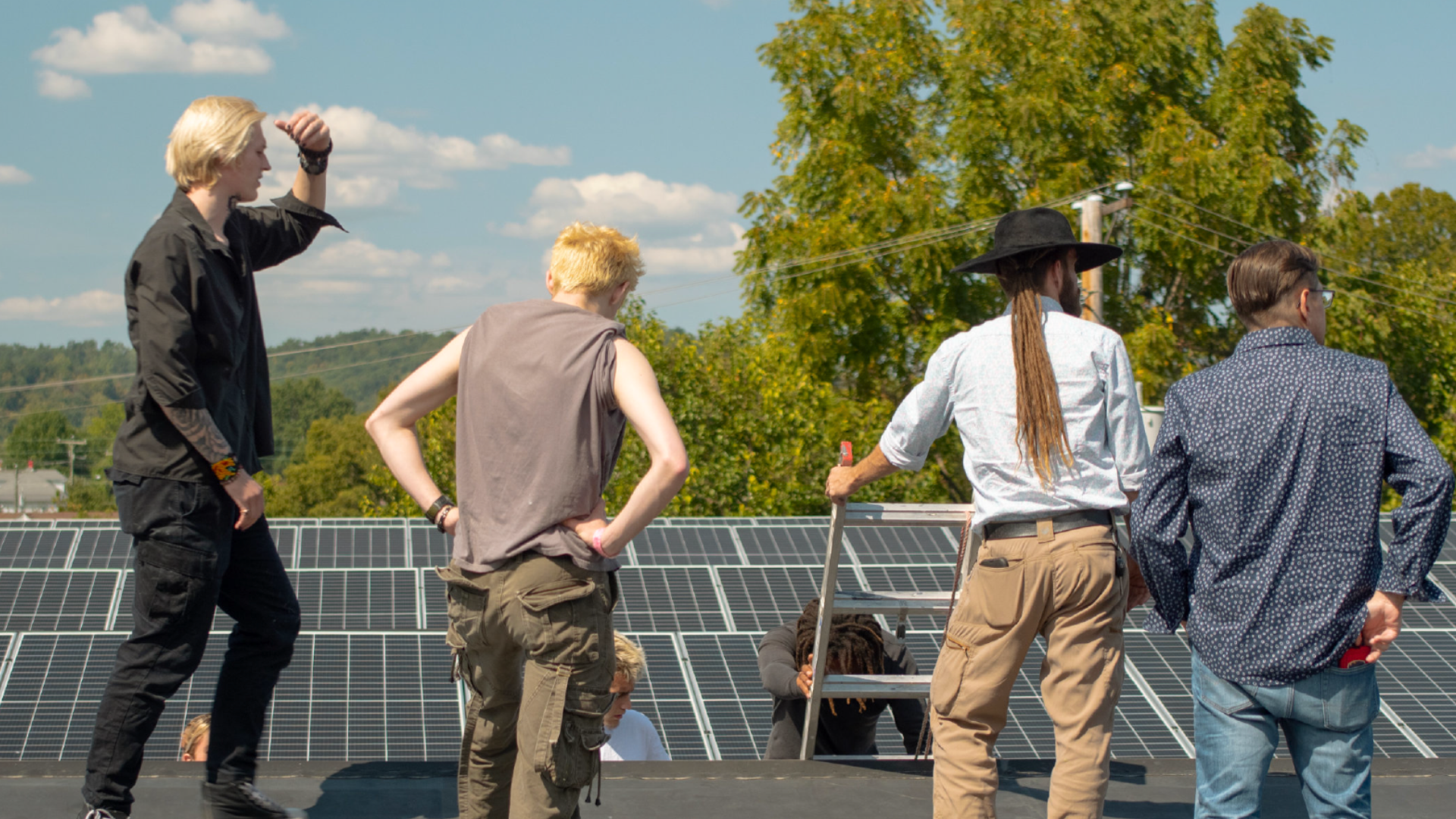
It’s been 52 years since a group of fewer than 100 people, spread out across the country, organized the first national Earth Day. That small group created massive awareness of environmental issues brought on by pollution and other man-made dangers to the planet.
In 1970, more than 20 million Americans – about 10% of the U.S. population – joined the call to action which led to the creation of the United States Environmental Protection Agency (EPA) and passage of numerous federal and state laws designed to repair and forestall further damage to the environment.
“The whole purpose was to inspire people about the environment – it’s bigger than you are, it’s bigger than ourselves,” explains Paula DiPerna, a consultant to WorkingNation on the green economy and a special advisor to the CDP.
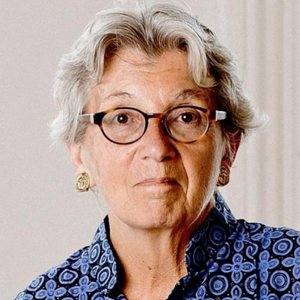
In the decades since the first Earth Day, she says, the green movement has grown in fits and starts. “Climate change has been talked about for decades. We were on the path, but there were significant interruptions, such as 9/11. Suddenly, the war on terror took everybody’s attention.” DiPerna adds, “We get outside of ourselves – spiritually, philosophically – and therefore it’s easier to put it aside as a ‘nice to have’ if there’s another more pressing concern.”
DiPerna says the conversation moved forward again with the Paris Agreement, a global call to action on climate change which has gained the support of 125 countries since Earth Day 2016, and then COVID derailed the conversation again.
But, she argues, the green movement has picked up steam again, now that things are becoming more economically entwined with the environment, particularly when it comes to job creation. “The acceleration of extreme weather events – and the obvious lack of preparedness for them – makes it harder to put it aside,” adds DiPerna. “A lot of jobs are going to come out of this.”
The Green Economy is Growing
DiPerna says the green economy is already around more than $680 billion dollars – 25% bigger than Walmart and two-and-a-half times bigger than Apple – and growing.
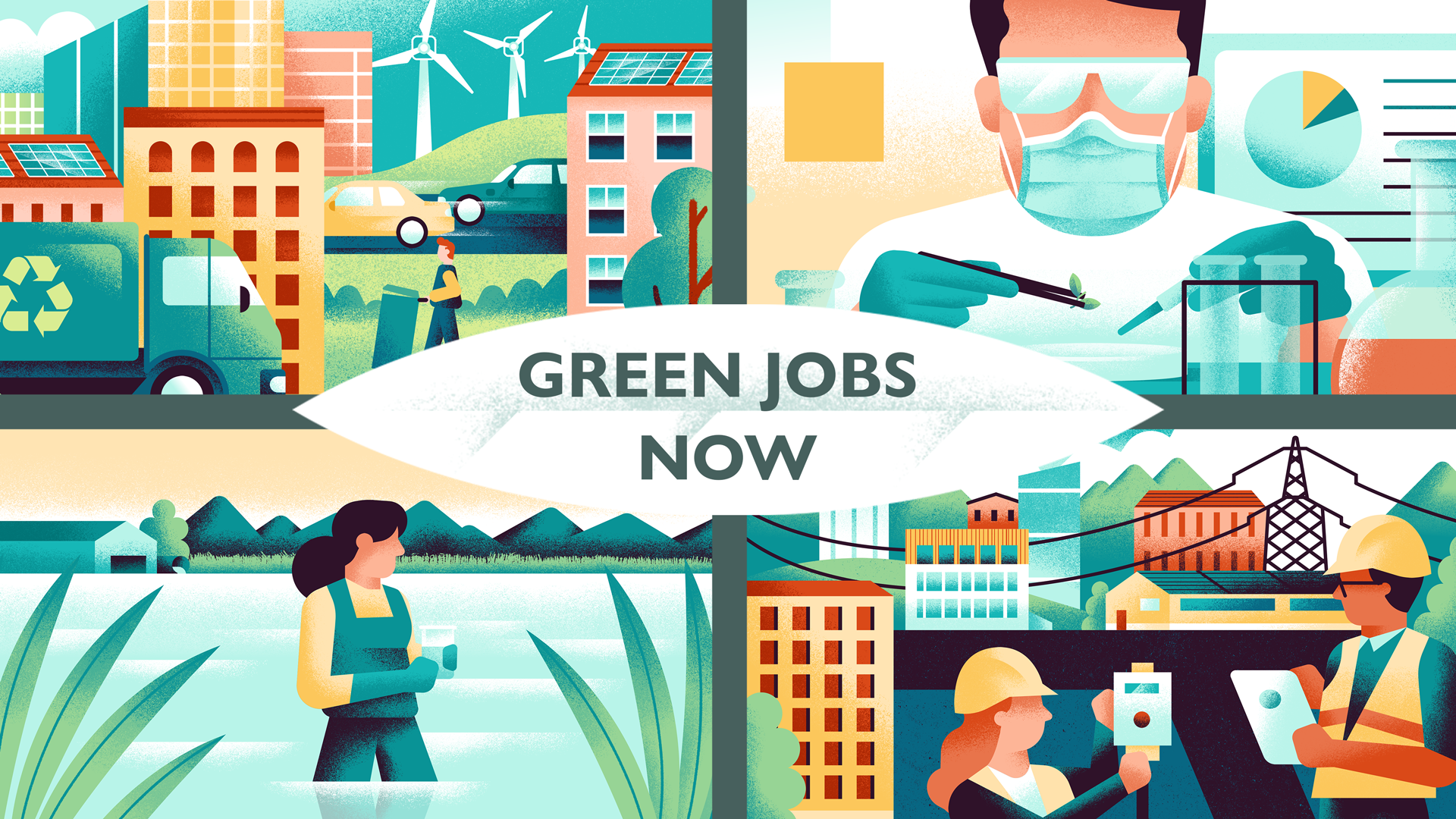
Since the beginning of the year, WorkingNation has been taking a deep drive into the expanding job opportunities in the green economy around the country and in individual states in our special series Green Jobs Now. WorkingNation brought in two research partners on our reporting, MISI, a Washington, D.C.-based economic, energy, and environmental research firm, and labor market analysis firm Emsi Burning Glass.
Roger Bezdek, president of MISI, defines the green economy as all of the activities in the economy that produce green products or services. So, green jobs – direct and indirect – are those created by that activity.
Some are more readily identifiable, such as wind turbine technician or solar panel installer. Some are created by businesses that want to make certain they are doing their part not to further damage the environment.
“Most jobs generated by the green economy are going to be jobs not even classified as green. These are standard jobs for carpenters, electricians, tool and die makers, mechanical engineers, and so forth,” Bezdek explains.
According to the MISI analysis conducted for WorkingNation, the number of green jobs has grown to 9 million over the past 50 years, or about 6% of the total workforce. That’s just the beginning. Our Green Jobs Now report from MISI forecasts exponential growth over the next decade with the number of jobs deemed green to more than double to 24 million, about 14% of the workforce.
Our other research partner, Emsi Burning Glass, estimates that the number of green jobs will grow by more than 5.3% nationwide over the next five years, with some states seeing double that growth.
Making the Investment in Green Workers
With that growth comes the inevitable question: who will fill those new jobs growing out of the green movement? As MISI reports, some of those jobs will be filled by workers already working in adjacent fields. But, some will come directly out of new efforts to repair the world’s climate.

“We see that philanthropy is starting to increasingly invest in and support initiatives that are designed to hopefully counter what’s happening with climate change.” That’s Michelle Armstrong, executive director of the Ares Charitable Foundation and the head of philanthropy at Ares Management. She and I sat down for a long talk on the reasons driving those investments.
Most importantly, says Armstrong, organizations such as hers are making the investment in the people hoping to be a part of the greening of the economy. To do so, Ares just launched a multi-year, multi-million dollar initiative called CREST, an acronym for Climate-Resilient Employees for a Sustainable Tomorrow, in partnership with the nonprofit Jobs for the Future and global research firm World Resources Institute.
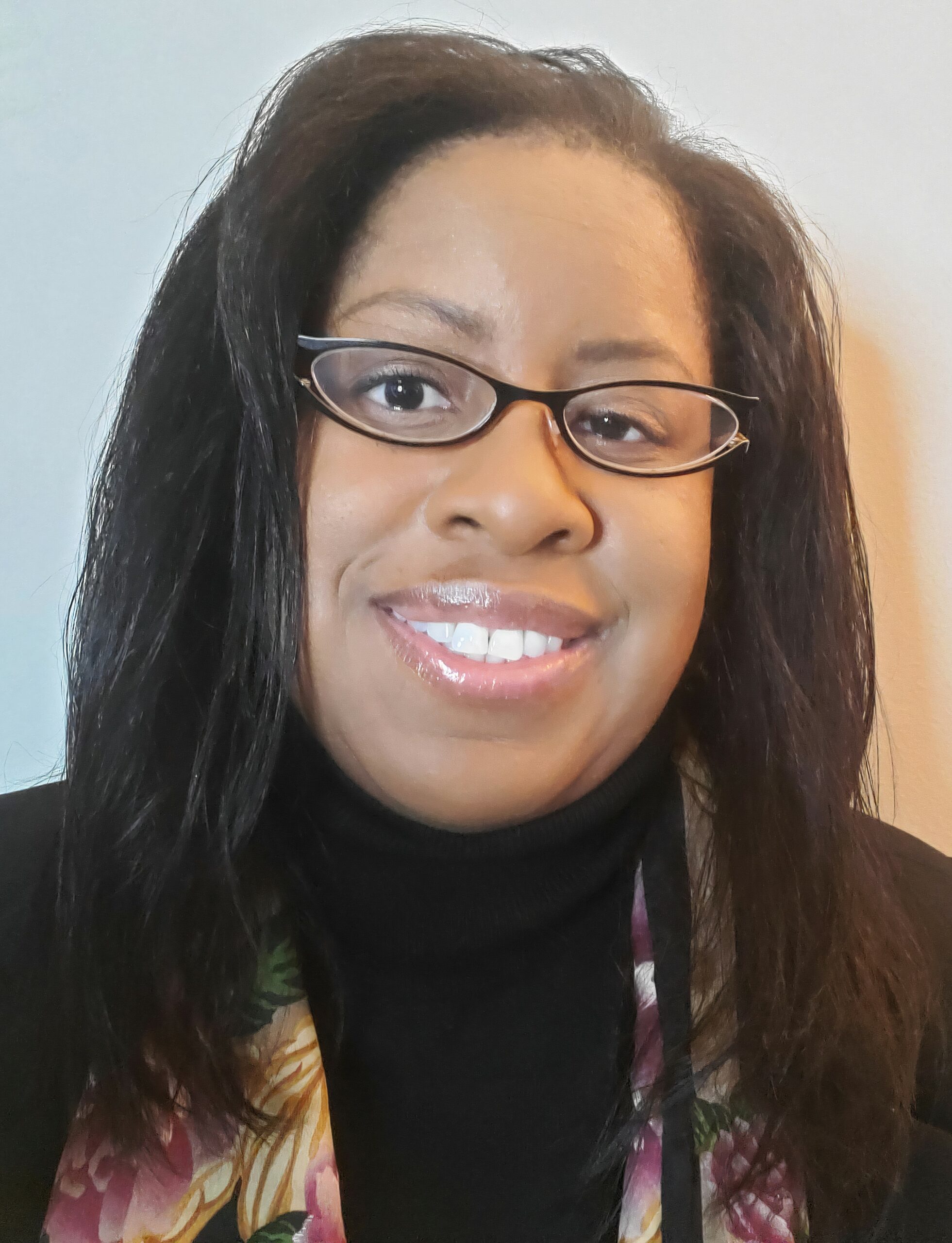
“CREST is a $25 million grant-fund initiative that is intended to help prepare people to enter climate resilient jobs, as well as to reskill workers already on the job, so that they adopt and they apply best practices around sustainability,” she explains. The Foundation and its partners are working to identify approaches in the U.S. and India that will ready individuals for roles in what Armstrong calls “viable solutions that address the climate change crisis.”
“One of our key funding priorities is career preparation and reskilling. So, how do we not only prepare individuals to go into the workforce, or to reskill, enter new fields of employment, but also how do we make sure that they are paired and ready and able hold on those jobs for the long term,” says Armstrong.
“For us, CREST is an opportunity to think about career preparation and reskilling, particularly as it relates to helping to address the changes that we see happening with the climate and the challenges that results because of it.”
The first year of the initiative is for each of the partners to do research, talk to people on the ground, and collect data to understand where the greatest needs exist when it comes to a particular sector and where workers are needed for green jobs. The next step will then be to devise an action plan around the skilling and reskilling efforts.
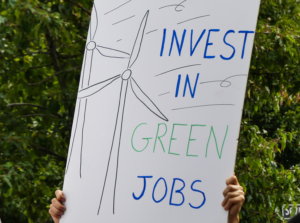
“(The partners) want to have a very thoughtful approach around how they actually craft the work that they’re going to execute, making sure that it’s truly incorporative of the opinions, perspectives, and insights of those who are most familiar with this space and can help to provide critical information about how to be most impactful in the work that we execute,” according to Armstrong.
CREST will target communities that often see the greatest negative effects of climate change as they are playing out on a day-to-day basis. “We think that by getting these people involved – by preparing them and reskilling them for jobs of today around the green sector – that not only are they better able to be poised for higher wage work and career opportunities, but it also makes them more aware of and more attentive to their own everyday practices, and what they can do to help counter the effects of climate change in their own lives,” Armstrong tells me.
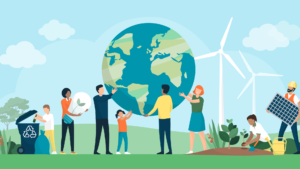
Diversity and inclusion is another goal of the initiative. “This idea of disrupting occupational segregation, so that those people who are not traditionally in this type of labor market – who’ve never even thought about entering it – now see it as a viable opportunity and have a chance to transition to what we believe are going to be high-wage, high-opportunity jobs.”
“I think there’s a very practical piece of this that philanthropy has overlooked, which is we’re going to create all these new jobs through the Infrastructure bill, so how are we going to have people ready to go to actually take on the work necessary to get us to the point where we are becoming more sustainable in this as an industry, so that we can hopefully counter the effects of climate change?”
“I’m hoping that we are taking this step and it’s viewed as one that’s a very bold approach, and one that hopefully helps to inspire funders and philanthropies to think differently about ways that they can really affect meaningful change when it comes to trying to tackle climate challenges, but also in trying to improve people’s lives.”
Green Jobs as Part of the DEI Conversation

Recently, the Federal Reserve Bank of Atlanta’s Center for Workforce and Economic Opportunity brought together three experts on green jobs to discuss how people can build green skills and whether they can find job opportunities in this growing sector of the economy.
This Ask Us Anything conversation was moderated by Stuart Andreason, director of the Center which focuses on how to build opportunity for low- and middle-skill workers and how to promote economic mobility and resilience largely through interventions as education training.
The panel included Peggy Branigan. the director of global environmental sustainability at LinkedIn; Betony Jones, a senior advisor for workforce at the U.S. Department of Energy; and our consultant Paula DiPerna.
You can watch the full session below.
Ask Us Anything: Skill Development and the Growth of Green Jobs
Creating green occupations through environmentally friendly and sustainable initiatives also creates demand for workers to fill some jobs or to learn new ski…
WorkingNation’s Green Jobs Now series is looking at green jobs opportunities and the skills needed
to get those jobs across the country with a series of state-by-state reports. You can catch up on the reports here.





